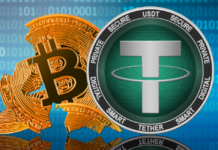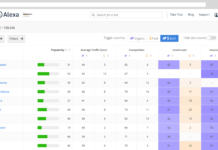The consumption of paid content on the internet has experienced a great increase in recent years, hand in hand with the growing development of the digital environment. In the same way, the expectations and needs of users have changed, also driving the digital proliferation, due to the ease of accessing such content whenever and wherever, from the ease of a mobile phone or a computer.

Film and series platforms, the leaders in paid content
According to a study conducted by Hootsuite and We Are Social, 31.2% of Internet users worldwide pay (or have paid) to access streaming platforms for television, movies and series.
With this we see the success of subscription platforms such as Netflix, HBO, Disney +, Hulu, etc., which make a large amount of content available to the user for a simple monthly payment.
Likewise, music (both streaming and downloading), games and mobile applications take a large part of the payments made on digital content. We even see how training makes its way into this market, marking 14.9% of paid content globally. This point, in addition to being driven by the digital transformation that education had in 2020, is taking hold in the market for digital courses. A market that is growing in Spain, with numerous options for courses and online masters.
At the bottom of the table are news subscription services (10%) and magazines (8.2%), digital gifts (8.1%) and, lastly, dating websites and apps ( 5.9%)
Who pays for this type of content
For this study, a range of 16 to 64 years was taken, where a notable inclination of the young population towards digital content can be appreciated . As you can see in the graphs, the highest penetration of online payment content occurs in the age groups under 44 years, especially between 25 and 34 years. In this range, 79.8% of men and 76.5% of women have bought digital content in the last month.
We can say that this growth in the payment of digital content is thanks to the millennials , who make up the commented age estimate. Likewise, the population aged 16 to 24, and those who follow millennials, aged 35 to 44, maintain a high percentage. However, from them it decreases considerably , reaching 53.9% for men between 55 and 64 years old, and 49.8% in the case of women.
From a broader perspective, globally, 72.5% of internet users between the ages of 16 and 64 are willing to pay for digital content. With this number we are talking about a large number of the world’s population, which reaffirms the power that the digital ecosystem has acquired today.
Taking a closer look at a more local level, in Spain the percentage of users who have acquired services and digital content is 63.9% , positioning itself as the twenty-fourth country in the study carried out, far from the leaders of the classification, China and Mexico.
































